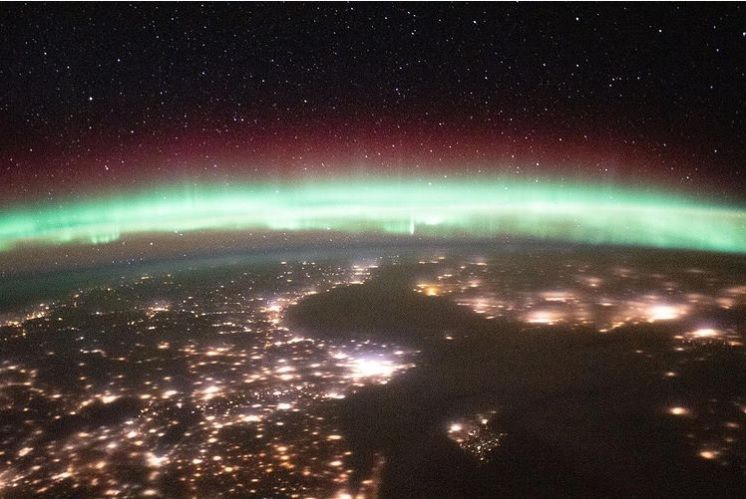The National Aeronautics and Space Administration (NASA) on Tuesday shared a picture of an aurora above Earth’s horizon. The phenomenon was snapped when the International Space Station (ISS) was orbiting about 423 km above Romania.
Also read: Full ‘wolf moon’: History, significance and when to watch
The picture captured the city lights of Sweden and Finland with the aurora seen at the horizon. “The dark area in between the two Scandinavian nations is the Baltic Sea,” NASA wrote on Instagram.
What are auroras
Auroras are the work of the sun and are only observed at the North and South poles.
Along with heat and light, the sun ejects a lot of energy and small particles, from which the Earth is protected by its magnetic field. However, the amount of energy the sun ejects is not constant. It can be a solar wind or a solar storm.
During one such solar storm, called
a coronal mass ejection, it ejects a large amount of electrified gas that travels through space at high speed.
When it approaches the Earth, some of the energy and small particles travel down the magnetic field lines at the North and South poles into Earth’s atmosphere.
When they interact with the atmospheric gases, it results in the beautiful display of colourful lights in the sky. Oxygen results in green and red lights and nitrogen results in blue and purple. All the other gases are present in a lesser amount in the atmosphere.
The phenomenon at the North Pole
is called an aurora borealis or northern lights and that at the South is called aurora australis or the southern lights.
Also read: NASA releases 23-year-old pictures of Jupiter’s northern and southern auroras
According to NASA, the oldest known reports of aurora were represented on ancient Assyrian stone tablets, which date more than 2,500 years ago. The description found on three stone tablets were written in cuneiform and dated from 679 BCE to 655 BCE.







